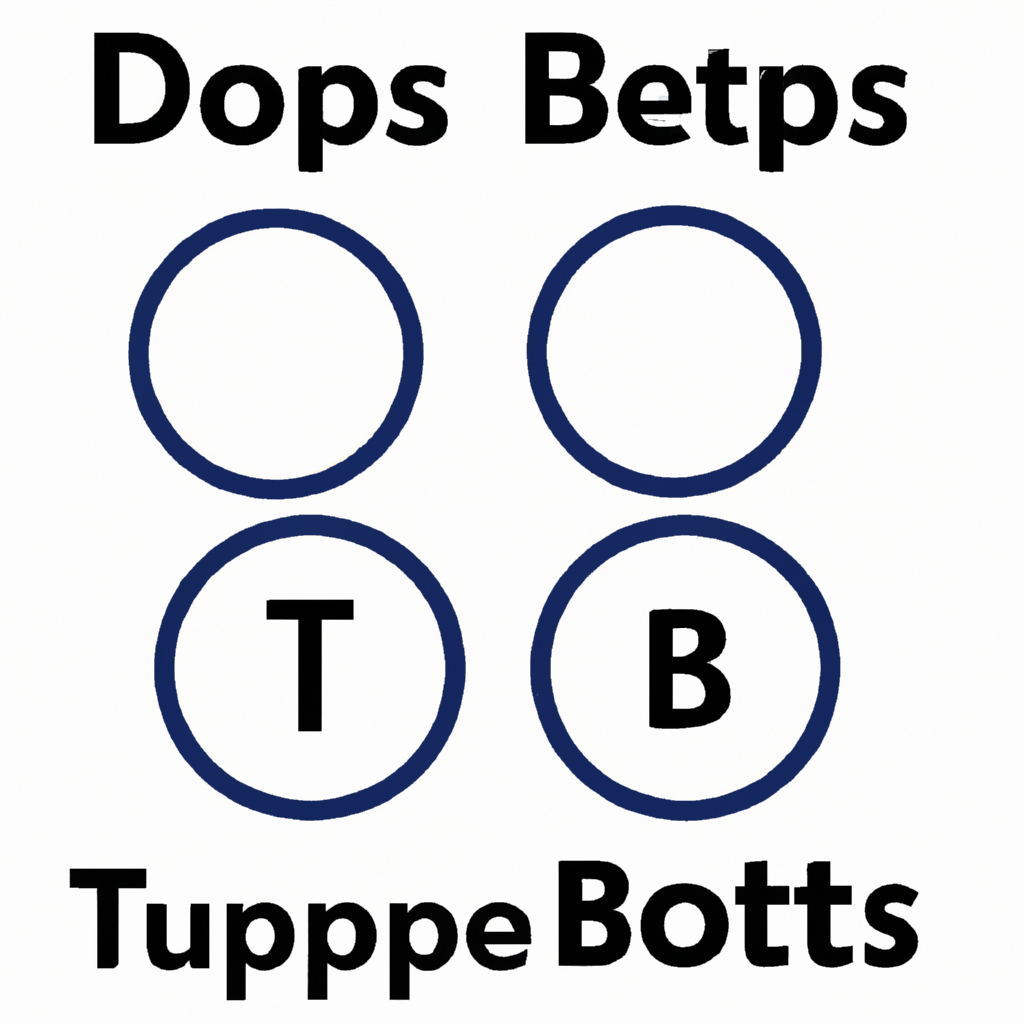
Recognizing Double Tops and Bottoms
What are Double Tops and Bottoms?
Double tops and bottoms are common chart patterns in technical analysis that signal a potential reversal in the current trend. A double top occurs when the price reaches a high point, retraces, and then reaches that same high point again before reversing. A double bottom is the opposite, with the price reaching a low point, bouncing back, and then revisiting that low point before reversing.
Identifying Double Tops
Double tops are characterized by two peaks at approximately the same level, separated by a trough in between. To identify a double top pattern, look for the following:
Step 1: High Points
Identify two high points that are roughly at the same level on the price chart.
Step 2: Trough
There should be a trough in between the two high points, indicating a temporary reversal in the trend.
Step 3: Confirmation
Wait for the price to break below the trough to confirm the double top pattern.
Spotting Double Bottoms
Double bottoms have two low points at approximately the same level, separated by a peak in between. To recognize a double bottom pattern, follow these steps:
Step 1: Low Points
Identify two low points that are roughly at the same level on the price chart.
Step 2: Peak
There should be a peak in between the two low points, indicating a temporary reversal in the trend.
Step 3: Confirmation
Wait for the price to break above the peak to confirm the double bottom pattern.
Trading Strategies
Once you’ve identified a double top or bottom pattern, you can use it to inform your trading decisions. Some common strategies include:
1. Breakout Trading
Enter a trade when the price breaks below the trough in a double top pattern or above the peak in a double bottom pattern.
2. Support and Resistance Levels
Use the peaks and troughs of the double top or bottom as potential support and resistance levels for setting stop-loss orders.
3. Price Targets
Calculate a price target by measuring the distance between the peaks or troughs and projecting it in the direction of the breakout.
Conclusion
Recognizing double tops and bottoms can be a valuable tool for traders looking to identify potential trend reversals. By understanding the characteristics of these patterns and using them in conjunction with other technical analysis tools, you can improve your trading strategies and increase your chances of success in the market.





